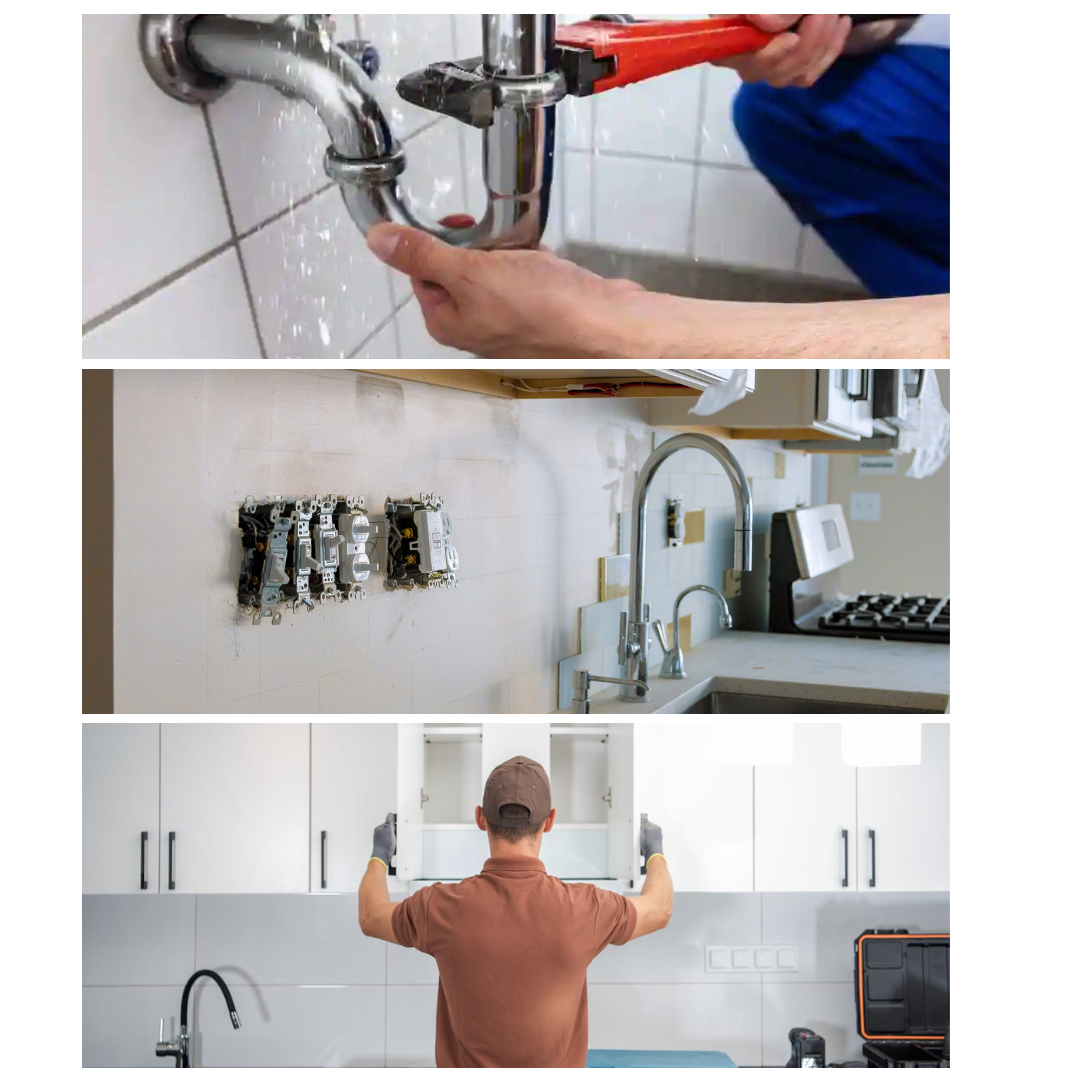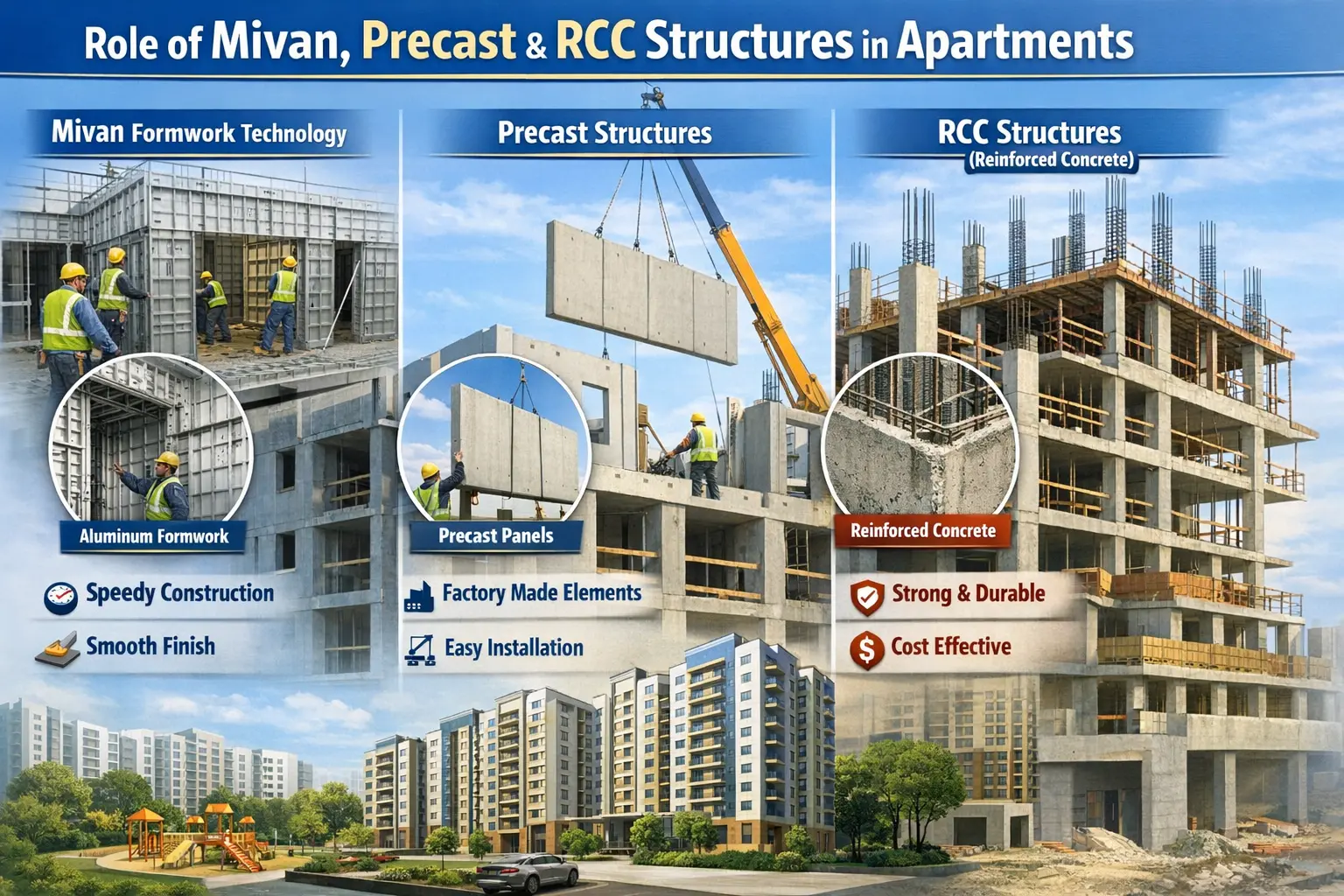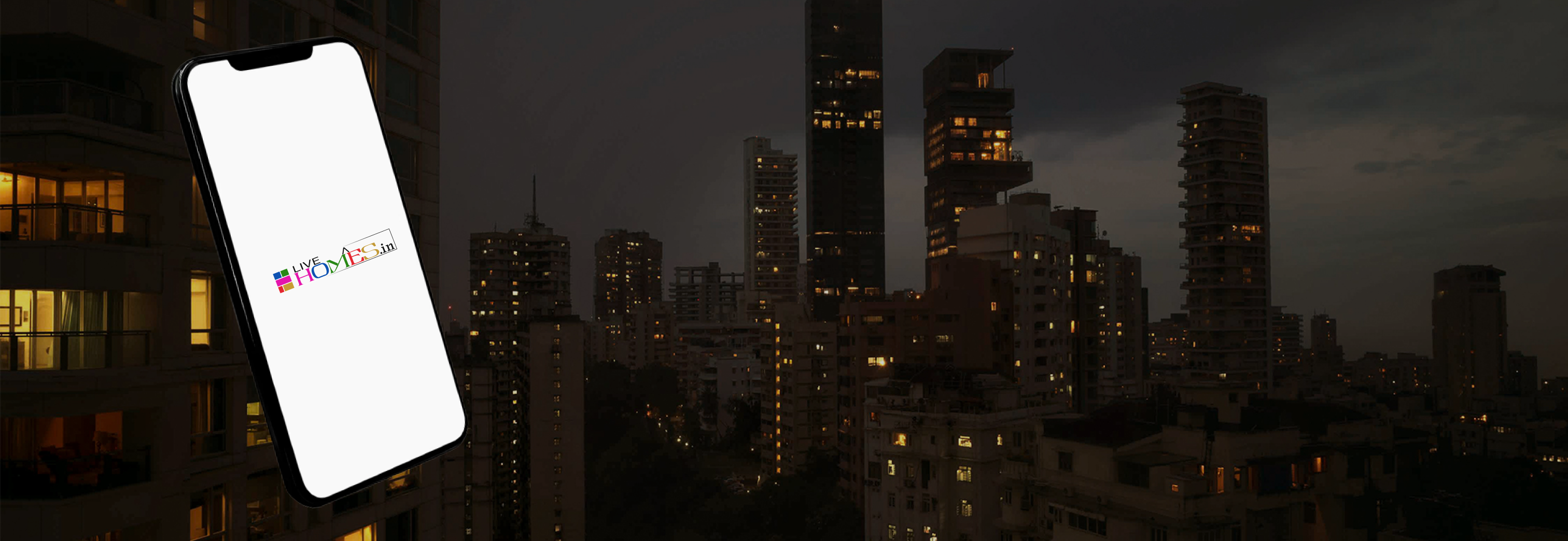"PWP Verify" in the context of kitchen interiors likely involves a detailed verification process focused on ensuring the compliance, safety, and functionality of the kitchen's Plumbing, Wiring, and Permits. Here’s a detailed breakdown:
1. Plumbing

- Verification Points:
- Pipe Installation: Checking that all pipes (water, gas, and waste) are correctly installed without leaks and follow the local building codes.
- Fixtures and Fittings: Ensuring that all fixtures (sinks, faucets, dishwashers) are properly connected and functioning.
- Water Pressure and Flow: Testing water pressure and flow to ensure that they meet required standards.
- Backflow Prevention: Verifying that backflow prevention devices are in place to prevent contamination of the water supply.
2. Wiring

- Verification Points:
- Electrical Installations: Checking that all electrical outlets, switches, and appliances are correctly installed and safe.
- Circuit Load: Ensuring that the electrical circuits can handle the load of kitchen appliances without tripping breakers.
- GFCI Outlets: Confirming that Ground Fault Circuit Interrupter (GFCI) outlets are installed in areas near water sources.
- Lighting: Verifying that lighting fixtures are properly installed and sufficient for the kitchen space.
| "Best Builder Floor Apartment in Chennai" |
3. Permits
- Verification Points:
- Building Permits: Checking that all necessary building permits have been obtained before starting construction or renovation.
- Inspection Records: Ensuring that all required inspections (plumbing, electrical, structural) have been completed and passed.
- Compliance Documentation: Verifying that all work complies with local building codes and regulations, with proper documentation.
Process:
1. Initial Assessment: Conducting an initial assessment to identify the scope of work and necessary permits.
2. Obtaining Permits: Applying for and obtaining the required permits from local authorities.
3. Ongoing Inspections: Performing inspections at various stages of the project to ensure compliance with plumbing, wiring, and safety standards.
4. Final Inspection: Conducting a final inspection to verify that all work meets regulatory standards and that all permits are in order.
5. Certification: Obtaining certification from relevant authorities confirming that the kitchen meets all required standards.
This process ensures that a kitchen renovation or construction project is safe, compliant with local laws, and functional, preventing future issues related to plumbing, electrical systems, and legal compliance.
Also read: Legal and Regulatory Questions
https://www.livehomes.in/blogs













